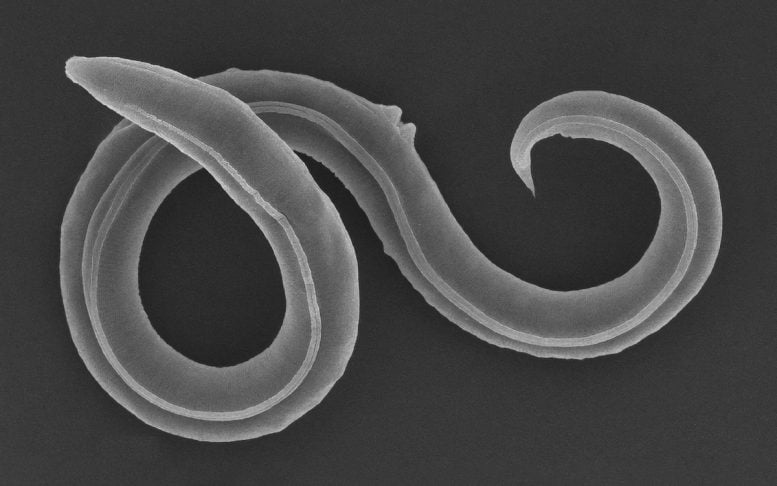
Researchers have reanimated a soil nematode that had remained dormant in the Siberian permafrost for around 46,000 years. P. kolymaensis, female. Scanning electron picture. Credit: Alexei V. Tchesunov and Anastasia Shatilovich / Institute of Physicochemical and Biological Problems in Soil Science RAS
Genome analysis shows new nematode species shares molecular toolkit for survival with C. elegans.
A study reveals a nematode reanimated from Siberian permafrost had remained dormant for about 46,000 years. The nematode shares survival-related genes with a model organism, and their exposure to mild desiccation before freezing extended survival periods, indicating possible long-term dormant survival in extreme conditions.
Resurrection of an Ancient Nematode
A soil nematode reanimated from Siberian permafrost had laid dormant for approximately 46,000 years, according to a study published on July 27, 2023, in the open access journal PLOS Genetics by Anastasia Shatilovich at the Institute of Physicochemical and Biological Problems in Soil Science RAS in Russia, Vamshidhar Gade at the Max Planck Institute for Molecular Cell Biology and Genetics in Germany, and colleagues.
Cryptobiosis: A Survival Tactic
Some animals, such as tardigrades, rotifers, and nematodes, can survive harsh conditions by entering a dormant state known as “cryptobiosis.” Previously, nematode individuals were reanimated from samples collected from a fossilized burrow in silt deposits in the northeastern Arctic. In this study, radiocarbon analysis of plant material from the burrow revealed that these frozen deposits, 40 meters below the surface, had not thawed since the late Pleistocene, between 45,839 and 47,769 years ago.
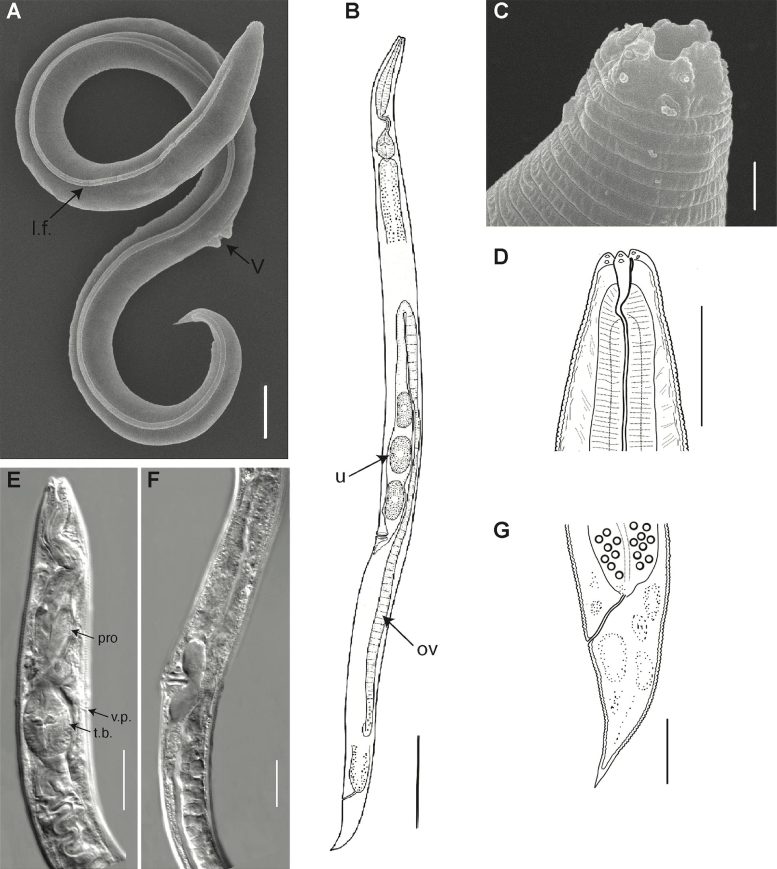
General morphology of P. kolymaensis, female. Scanning electron pictures (A, C), light microscopy photographs (E, F) and graphic presentations (B, D, G) of holotype: A, B) entire body, C, D) anterior ends, E) anterior body, F) perivulvar body region, G) tail. Abbreviations: l.f.–lateral field, ov–ovary, pro–procorpus of the pharynx, t.b.–terminal bulb of the pharynx, u–uterus with eggs, v–vulva, v.p.–ventral pore. Scale bars: A, D, E, F, G– 20 μm, B– 100 μm, C– 2 μm. Credit: Shatilovich et al, 2023, PLOS Genetics, CC-BY 4.0
Unraveling the Genomic Secrets of the Ancient Nematode
Using genome sequencing, assembly, and phylogenetic analysis of the nematode’s relationship to modern species, the researchers determined that it belongs to a previously undescribed species, Panagrolaimus kolymaensis. They compared its genome with the model organism, Caenorhabditis elegans, and identified genes in common that are involved in cryptobiosis.
When mildly desiccated in the laboratory, both species increased production of a sugar called trehalose, which may help them to survive harsh desiccation and freezing.
Survival Capabilities and Implications
They tested the survival capabilities of P. kolymaensis and found that exposure to mild desiccation before freezing helped prepare the worms for cryptobiosis and improved survival at -80°C. This treatment also benefitted C. elegans dauer larvae, which then survived 480 days at -80°C with no reductions in viability or reproduction after thawing.
This study extends the longest reported cryptobiosis in nematodes by tens of thousands of years. By adapting to cope with extreme conditions, such as permafrost, for short periods of time, the nematodes might have gained the potential to remain dormant over geological timescales.
The authors add, “This work also suggests that fluctuations in the environment also determine the time an organism can remain in a cryptobiotic state.”
For more on this research, see Scientists Revive 46,000-Year-Old Roundworms From Siberian Permafrost.
Reference: “A novel nematode species from the Siberian permafrost shares adaptive mechanisms for cryptobiotic survival with C. elegans dauer larva” by Anastasia Shatilovich, Vamshidhar R. Gade, Martin Pippel, Tarja T. Hoffmeyer, Alexei V. Tchesunov, Lewis Stevens, Sylke Winkler, Graham M. Hughes, Sofia Traikov, Michael Hiller, Elizaveta Rivkina, Philipp H. Schiffer, Eugene W. Myers and Teymuras V. Kurzchalia, 27 July 2023, PLoS Genetics.
DOI: 10.1371/journal.pgen.1010798
Funding: This work was supported by the Russian Foundation fr Basic Research (19-29-05003-mk) to AS and ER. VRG and TVK acknowledge the financial support from the Volkswagen Foundation (Life research grant 92847). PHS and TTH are supported by a DFG ENP grant to PHS (DFG project 434028868). GMH is funded by a UCD Ad Astra Fellowship. The funders had no role in study design, data collection and analysis, decision to publish, or preparation of the manuscript.

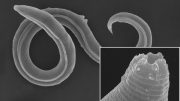
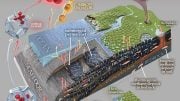
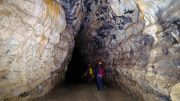

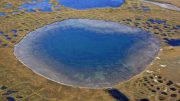

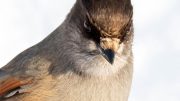
Be the first to comment on "Awakening the Ancient: A 46,000-year-old Nematode Reanimated From Siberian Permafrost"